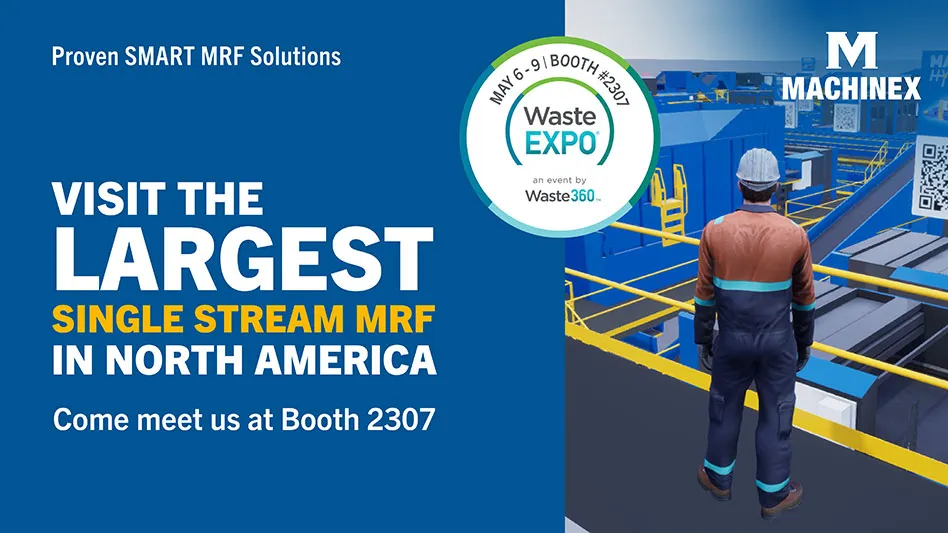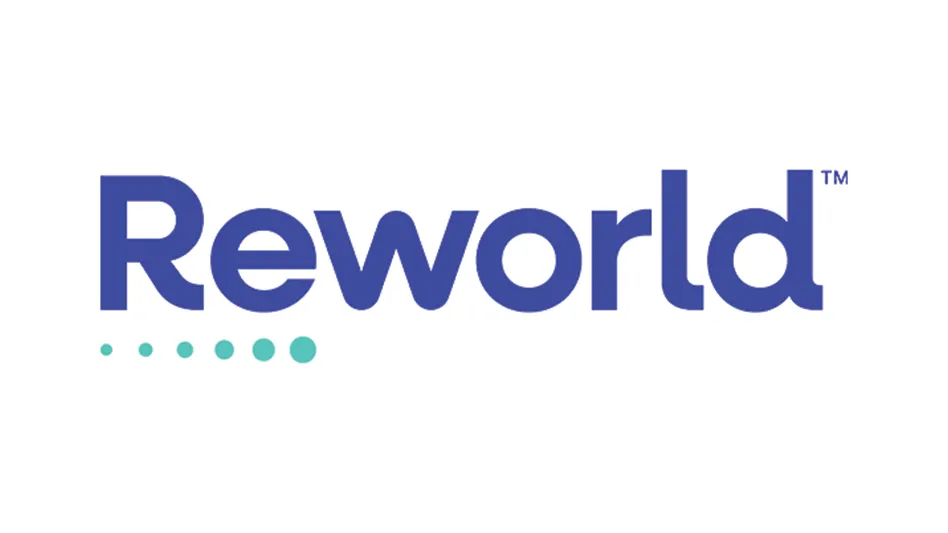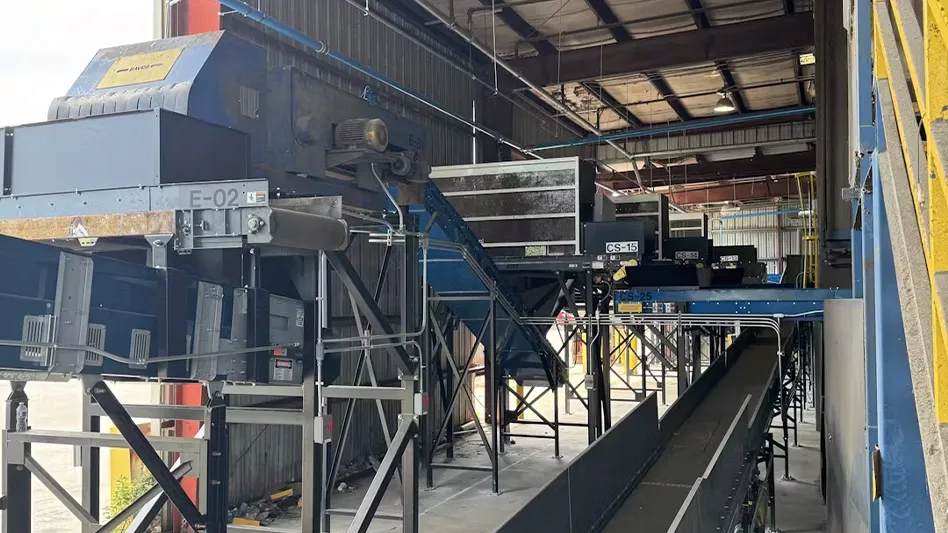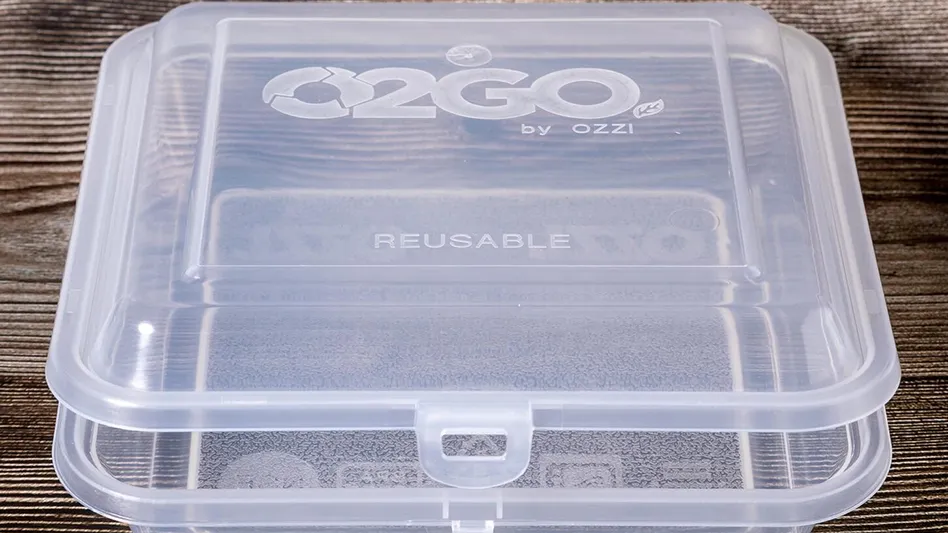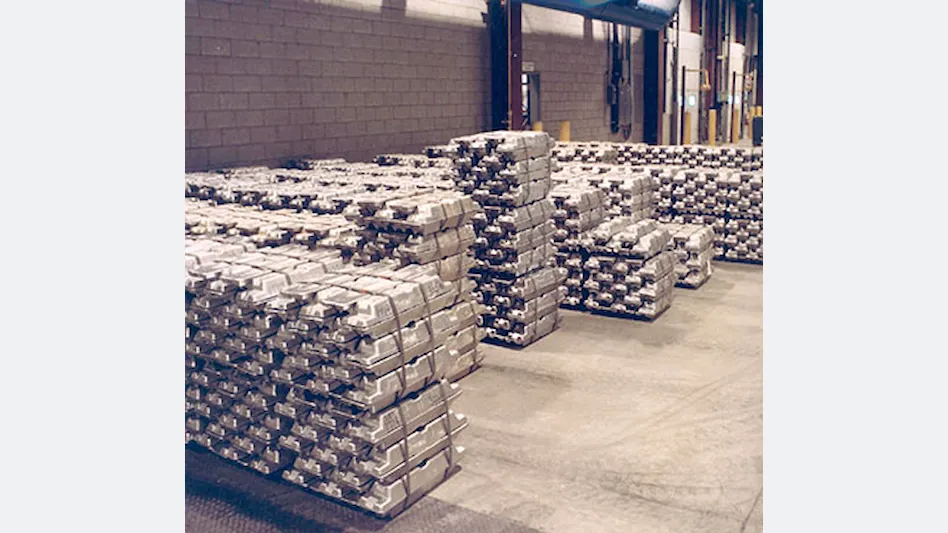
Aluminum scrap’s value and its recyclability is well documented, but the enduring nature of many products made with aluminum places limitations on scrap’s ability to supply more than 20 percent of the raw materials needed by the aluminum industry.
Speaking to attendees of the 2014 CRU World Aluminium event, held in Hong Kong in mid-May, Chris Bayliss of the London-based International Aluminium Institute said “long life cycle products dominate” among the uses of aluminum, with packaging being the leading exception.
As well, said Bayliss, while some 200 million metric tons of aluminum was produced from 1880 to 1980, a staggering 800 million tons has been produced in the past 30 years, meaning the majority of the world’s aluminum is of relatively recent vintage.
During the past 30 years, most of the aluminum used to make building products, power cables and aircraft bodies is still in use, noted Bayliss, while automotive components may last 10 or more years before being scrapped.
The incentives to use aluminum scrap will remain, said Will Savage of the U.K.’s Aluminium Federation (ALFED). Savage said the energy savings inherent in using scrap and increased corporate sustainability efforts will mean “the demand for aluminum scrap is expected to be enormous in the next 20 years.”
Henry Dickinson of U.K.-based foundry alloys maker Norton Aluminium said increased efforts to collect scrap will not result in an oversupply situation. “I don’t think rising scrap volumes will impact scrap demand,” he commented.
A challenge facing aluminum recyclers, according to Dickinson, is sorting and segregating the increasing variety of alloys in order to direct such scrap to the furnace that desires that particular chemistry so the scrap can attain its highest value use.
Michael Lion of the Hong Kong office of Sims Metal Management said the long life cycles of aluminum products means China will continue to be hungry for the rest of the world’s aluminum scrap for at least another five to 10 years. China is currently consuming about 31 percent of the world’s aluminum scrap, said Lion.
“China still needs to import scrap,” Lion stated. He said even if its middle class continues to grow and begins to generate more aluminum scrap, that still means the economy is growing and smelters will require yet more scrap feedstock. “If China generates more scrap it means they’ll need more scrap” before the imbalance begins to correct itself, said Lion.
Both Lion and Dickinson predicted that post-consumer material recovery facilities (MRFs) around the world will increasingly focus on collecting aluminum beverage cans and other forms of packaging. Lion pointed to the Sims facility in Brooklyn, New York, as a model of what municipalities around the world might wish to do to maximize their recovery rates.
Tolga Egrilmezer of Norway’s Sapa Group said recyclers of end-of-life vehicles will eventually have more aluminum scrap arriving in the form of frames and body panels that are increasingly being made with aluminum.
He said makers of vehicles and other products “increasingly need to address ‘design for disassembly’” aspects of their products.
The 2014 CRU World Aluminium event was at the JW Marriott in Hong Kong May 19-20.
Latest from Recycling Today
- Meeting the decarbonization challenge
- Cyclic Materials expands leadership team
- Paper cup acceptance at US mills reaches new milestone
- EPA announces $3B to replace lead service lines
- AMCS showcasing Performance Sustainability Suite at WasteExpo
- New Way and Hyzon unveil first hydrogen fuel cell refuse truck
- Origin Materials introduces tethered PET beverage cap
- Rubicon selling fleet technology business, issuing preferred equity to Rodina Capital
